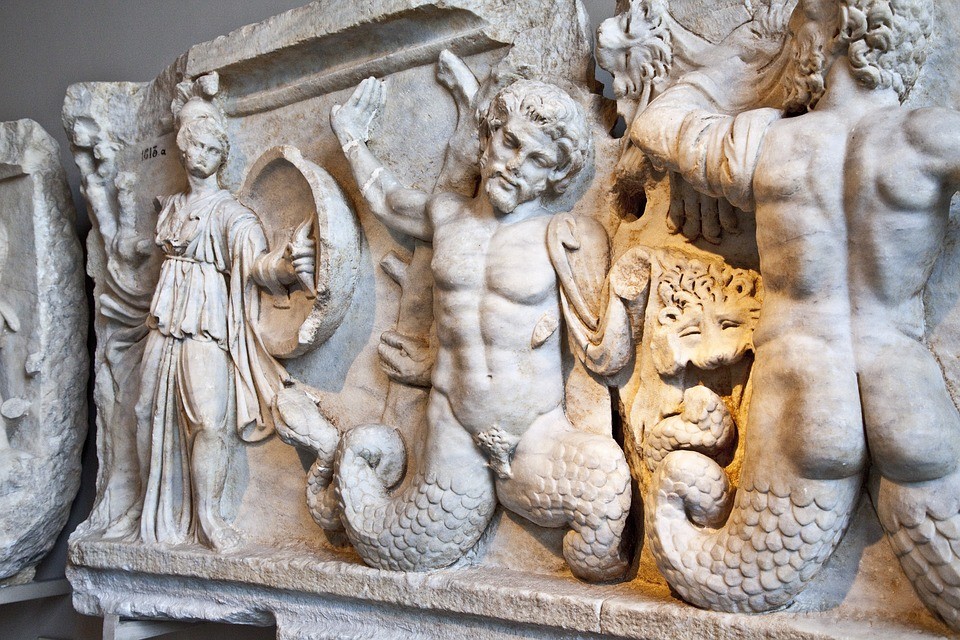
-
entries
0 -
comments
0 -
views
14,849
About this blog
 He did his studies in Classical Philology and in Philosophy and Letters from the University of Salamanca with a thesis on primitive religions of Hispania I. Literary and epigraphic sources, published in Madrid in 1962. He expanded studies in different universities and foreign research centers. He began his career as a professor of Classical Archeology to later occupy the Chair of Universal Ancient History and of Spain in that University. He then went to the Complutense University of Madrid as a professor of Ancient History of Spain. With this chair, the second created in Spain with that denomination, teaching in the extensive field of research of specifically Hispanic Ancient History experienced a great advance.
He did his studies in Classical Philology and in Philosophy and Letters from the University of Salamanca with a thesis on primitive religions of Hispania I. Literary and epigraphic sources, published in Madrid in 1962. He expanded studies in different universities and foreign research centers. He began his career as a professor of Classical Archeology to later occupy the Chair of Universal Ancient History and of Spain in that University. He then went to the Complutense University of Madrid as a professor of Ancient History of Spain. With this chair, the second created in Spain with that denomination, teaching in the extensive field of research of specifically Hispanic Ancient History experienced a great advance.
For several years Blázquez spent semi-annual research stays at the University of Marburg (Germany) as a fellow of the DAAD.4 He was director of the Spanish Institute of Archeology "Rodrigo Caro" of the CSIC (succeeding his teacher, Professor Antonio García and Bellido), he directed the magazine Archivo Español de Arqueología and was founder and director of Gerión (UCM), as well as co-founder of the "Epigraphic Archive of Hispania" (UCM) and of his magazine Hispania Epigraphica, whose editorial board he was still part of.
He promoted in his teaching the importance and the validity of the use of diverse sources for the investigation, especially of the Archeology and the Epigraphy, giving to the historical investigation an own identity. From the teachings of Professor Blázquez, a whole generation of students of History has been formed. Many of its students occupied chairs and titles in different universities.
In addition to his extensive scientific production, which also highlights the publication of numerous manuals, Blázquez combined his teaching work with the field activity, from the Cástulo excavations in Spain to the most recent investigations at Monte Testaccio in Rome, together with his former student, Professor José Remesal Rodríguez.
He was awarded an honorary doctorate by the universities of Bologna, Salamanca, Valladolid and León, having been elected by the Carlos III University of Madrid on February 1, 2013. He was also a member of numerous Spanish, European and American academies and institutions: Ordinary Member of the German Archaeological Institute of Berlin, of the Hispanic Society of America, and Correspondent of the Academia Nazionale dei Lincei of Rome.
He was also a member of the Free Association of Emeritus, President of the Spanish Society of Orientalists, member of The New York Academy of Sciences and honorary president of the Spanish Society of Iranology. He was also a corresponding academic of the Academie des Inscriptions et Belles-Lettres of Paris, and of the Cordoba, Santa Isabel of Hungary of Seville, of the Valencian Culture and of Bones Lletres of Barcelona.
He was married to the German architect Beatrix Schwaar. His remains were buried on Monday, March 28, 2016 in the family tomb of the cemetery of San Carlos Borromeo in Salamanca, the city where he had his roots and in whose university he had taught for several years.
-
artfreaks.com operates as a sales affiliate for Amazon.com Verified sales resulting from clicks on Amazon.com product links will generate a small commission for the site-owner - thus helping to keep artfreaks.com as a free website for artists and photographers.